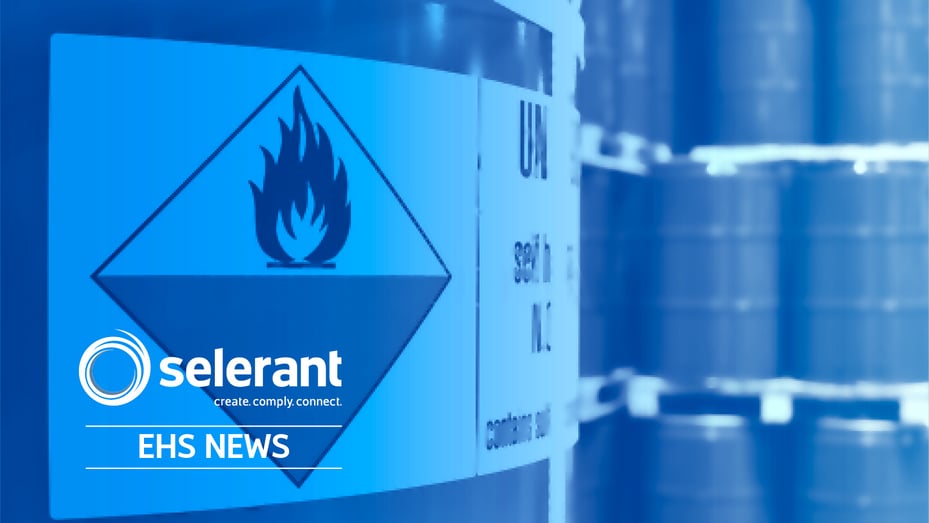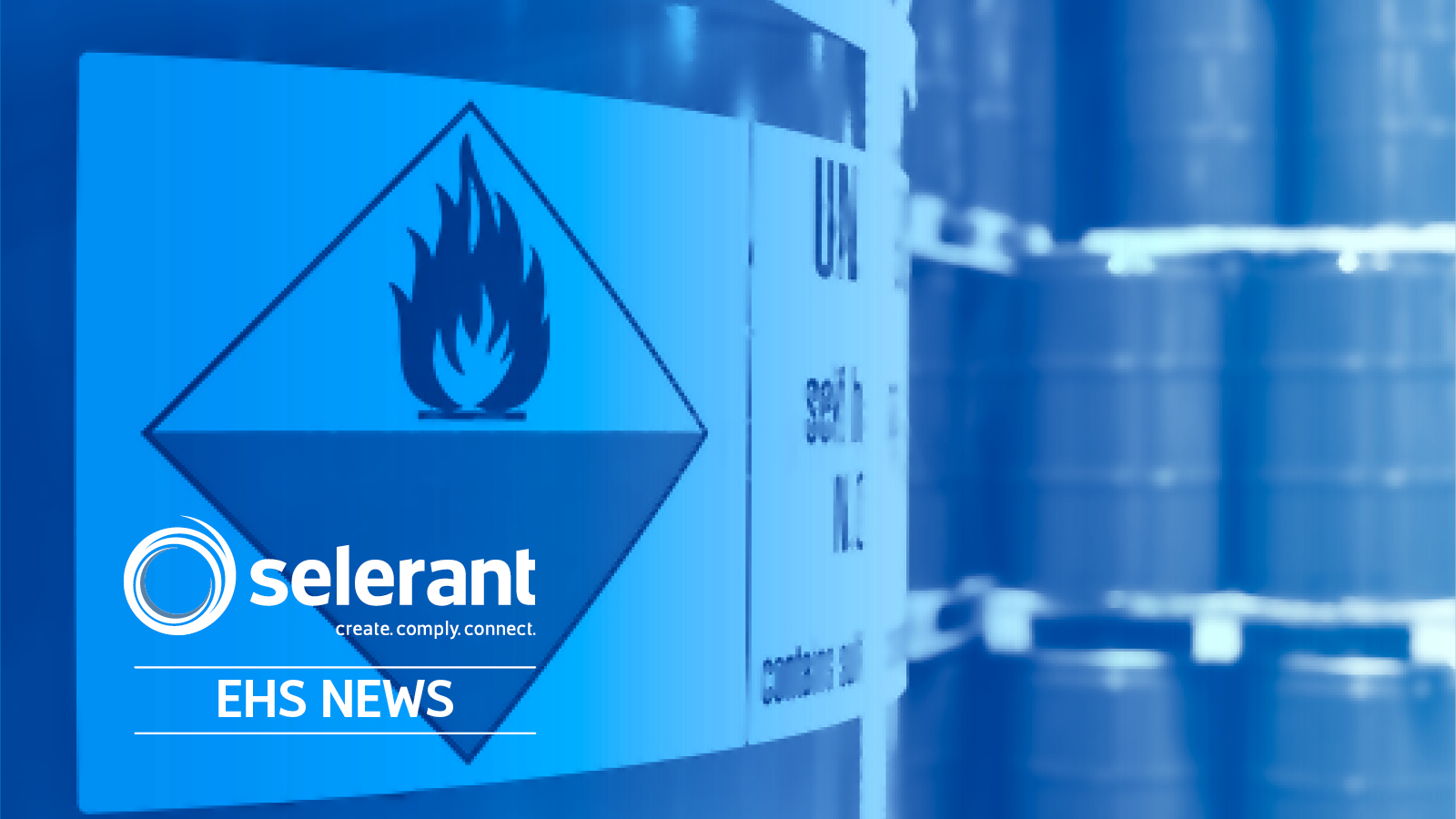
HSM: PCN Module, Titanium dioxide, new SDS requirements
|
Regulatory
Posted By:
Trace One

Introduction
By the end of last year, Trace One GmbH started roll-out of the UFI/PCN module for fulfilling the requirements according to Annex VIII CLP regulation. In the mean time we can offer this granule also for our HSM BC Cloud solution.
For the classification of Titanium dioxide there is an adaptation of the FCC calculations according to ATP 14 CLP Regulation available. A listing evaluation of explosives precursors according to Regulation (EU) 2019/1148 will become available soon. We have started work on the new Safety Data Sheet requirements according to the revised Annex II of the REACH Regulation.
PCN Module for NAV and BC (on premise and in the cloud)
HSM Poison Centre Notification Module: The roll-out began already last year, feedback from our customers was very positive, especially from those who already could successfully submit notifications by using the S2S functions. And of course, the seamless integration of the PCN granule into the overall NAV resp. BC (on premise) installation is highly appreciated.
Now we are able to offer the PCN granule for Dynamics 365 Business Central in the cloud as well. Generally, we are about to make all the HSM NAV/BC functionality available for the cloud solution via the Microsoft AppSource. Currently there is the Basic granule with substance and formulation management, classification calculations and report (e. g. SDS) generation and the PCN granule. Three more granules are in the pipeline.
Explosives precursors
For Regulation (EU) 2019/1148 (Explosives precursors), Trace One GmbH is about to provide a new property for assigning a basic substance to the explosives precursors list, a new evaluation calculation for mixtures and a design extension for the output of corresponding information on the SDS.
Titanium dioxide
Regulation (EU) 2020/217, known as ATP 14, establishes new classification and labelling requirements for TiO2 in powder form containing 1 % or more of particles with aerodynamic diameter ≤ 10 μm. In the mean time there is a lot of statements and recommendations from authorities, industry associations (both of the user’s and the manufacturer’s side). So, e. g. the manufacturers of Titanium dioxide claim their products don’t need to be classified based on the criteria of ATP 14, but recommend additional labelling on a voluntary basis.
We offer the inclusion of the special TiO2 calculation as an adaption of the general FCC and design configurations according to your procedures and policies.
New SDS requirements
Regulation (EU) 2020/878 amending Annex II of the REACH Regulation (Safety Data Sheet) establishes new requirements (changes of Section 3, 9, 11, specific changes for nano forms and endocrine disrupting properties etc.) for the SDS. We at Trace One GmbH have started to work on the implementation.
Listing evaluations
For HSM, there is a vast number of listing evaluations available. These calculations evaluate whether the components of a formulation belong to certain listings or not in answering questions like: “Are all ingredients contained in the TSCA inventory?” (example of a positive list), “Is none of the ingredients on the California Proposition 65 list?” (example of a negative list). Formulations can be evaluated for an overall yes/no result or with the output of the specific components (not) fulfilling the criteria in question, but also quantitatively. Examples: “Is there a raw material component contained in the food allergen sources list Directive 2006/142/EC, if yes which one?”, “What is the overall nickel content of a formulation?” In the latter cases the evaluations are based on raw materials.
If you want to get more information on available listing evaluations please ask Trace One GmbH. We can also send you a comprehensive module description to give you an overview. If your customers have certain exclusion- or restriction lists among their specifications we can implement such very specific evaluations for you as well.
